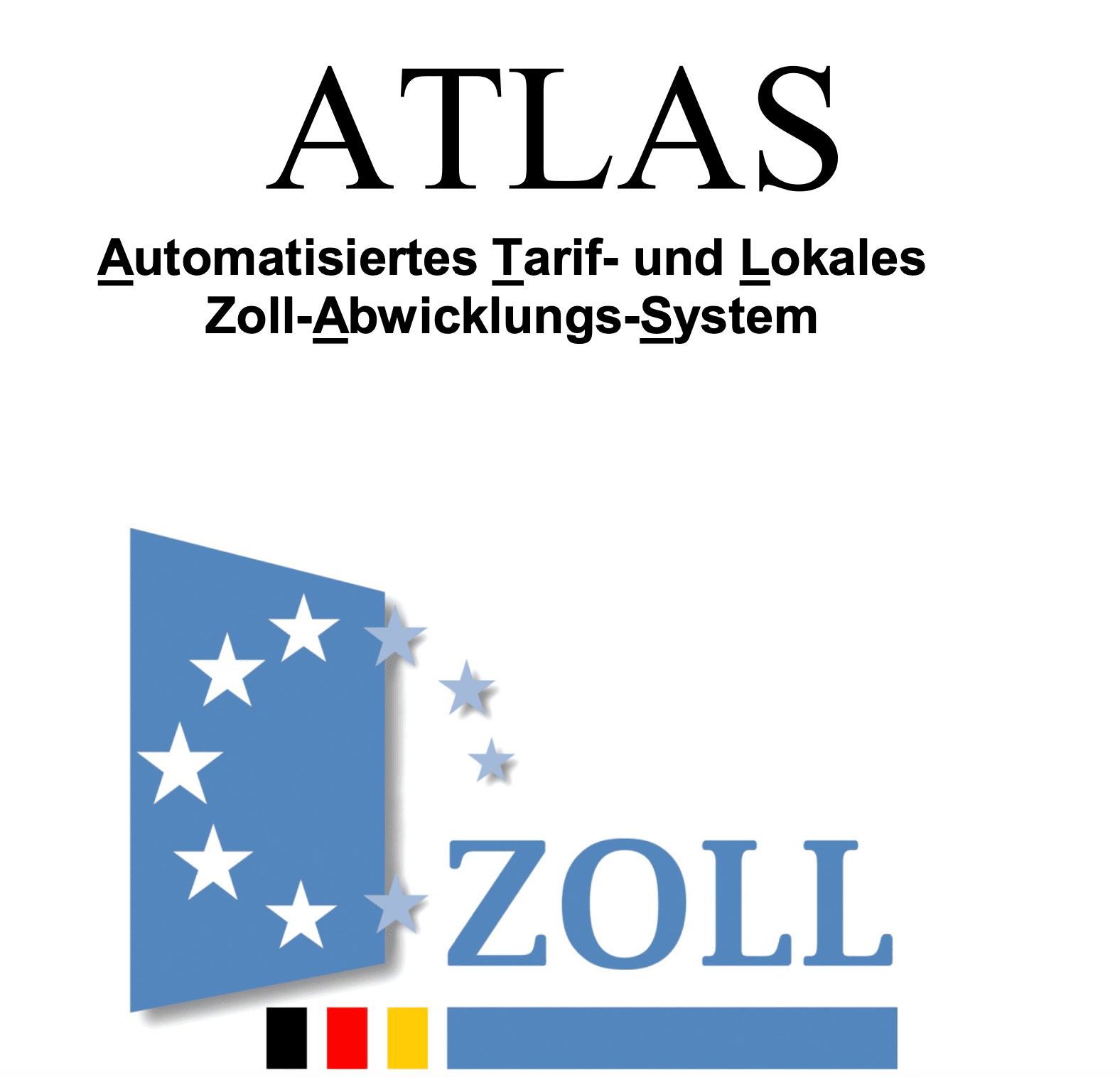How are the quantities of a tariff quota calculated and how can I achieve planning security for my company or carry out a risk assessment?

“How are the quantities of a tariff quota calculated and how can I achieve planning security for my company or carry out a risk assessment?”
A member of my network asked me this question.
Essentially, tariff quotas can currently be divided into three areas:
1️⃣. Tariff quotas for agricultural products
2️⃣. Autonomous tariff suspensions/tariff quotas
3️⃣. Tariff quotas for certain steel products
As the question related to tariff quotas for steel products, I would like to focus on this area today.
While applications for the granting of autonomous tariff suspensions/tariff quotas (AZZ) can be submitted twice a year for autonomous tariff quotas, the tariff quotas for steel products are protective measures taken by the EU to ensure the competitiveness of its own industry.
Of course, the Commission also reviews the necessity on the one hand and the effectiveness of the measures on the other at certain intervals. If the EU Commission (COM) initiates an investigation, interested parties can comment on the procedure.
The announcement on the current procedure can be found here. However, the deadline for comments has already expired. The current procedure will be completed by 30 June 2022 at the latest.
In order to utilise an existing tariff quota to avoid import duties, the quota number listed in the Electronic Customs Tariff (ECT) must be stated in the customs declaration.
The quota is allocated on a “first come, first serve” basis, unless the simultaneous applications (on one day) exceed the total quantity, in which case a percentage allocation is made between the applicants. Although the remaining quantities of a quota can also be viewed via an EU portal (see comments for link), it takes up to two days for the national authorities to transmit the applications for customs declarations to the EU. Therefore, there is little planning certainty as to whether the quota will ultimately be granted or whether customs duties (usually 25% in the case of steel products) will be levied.
